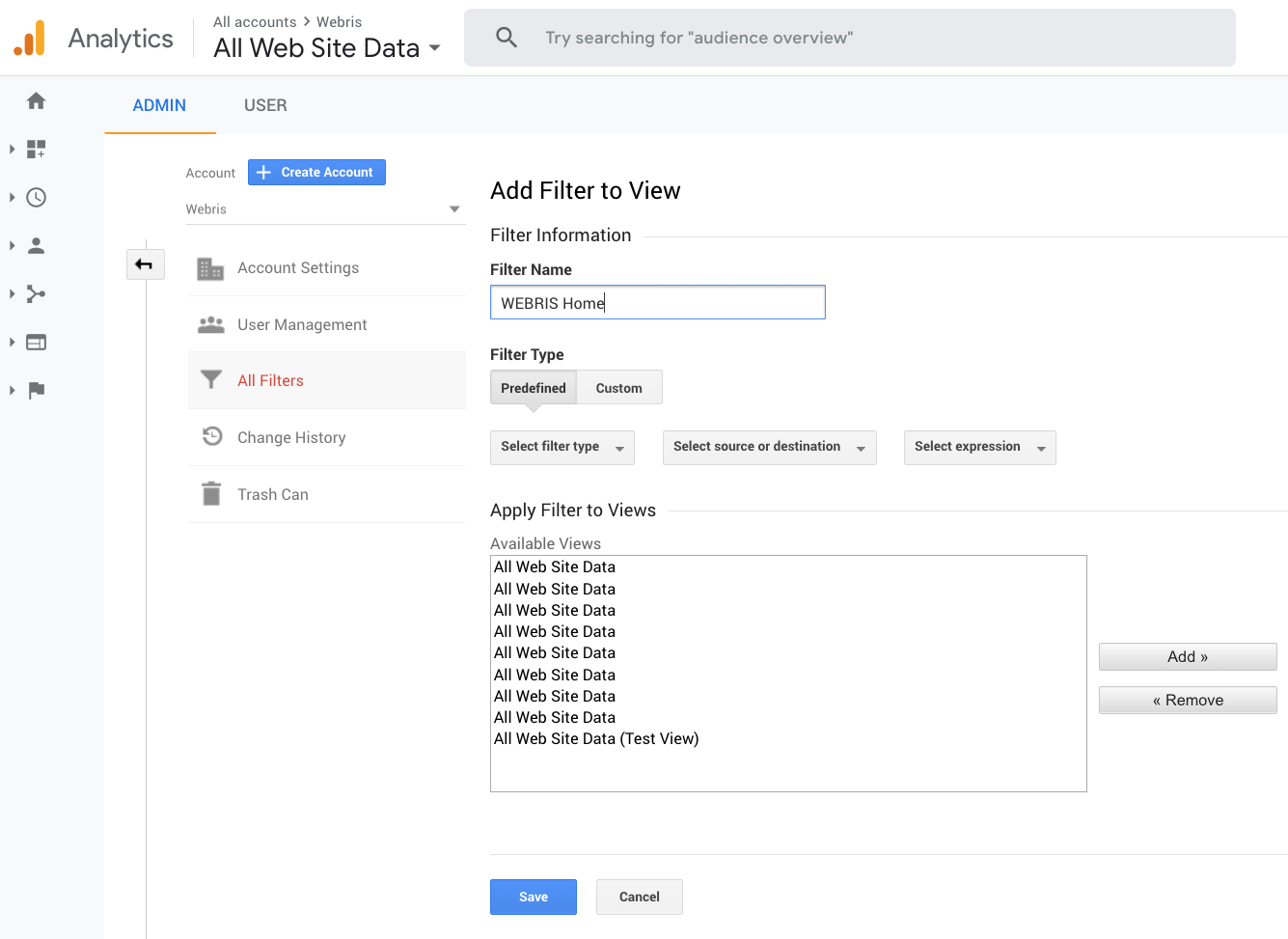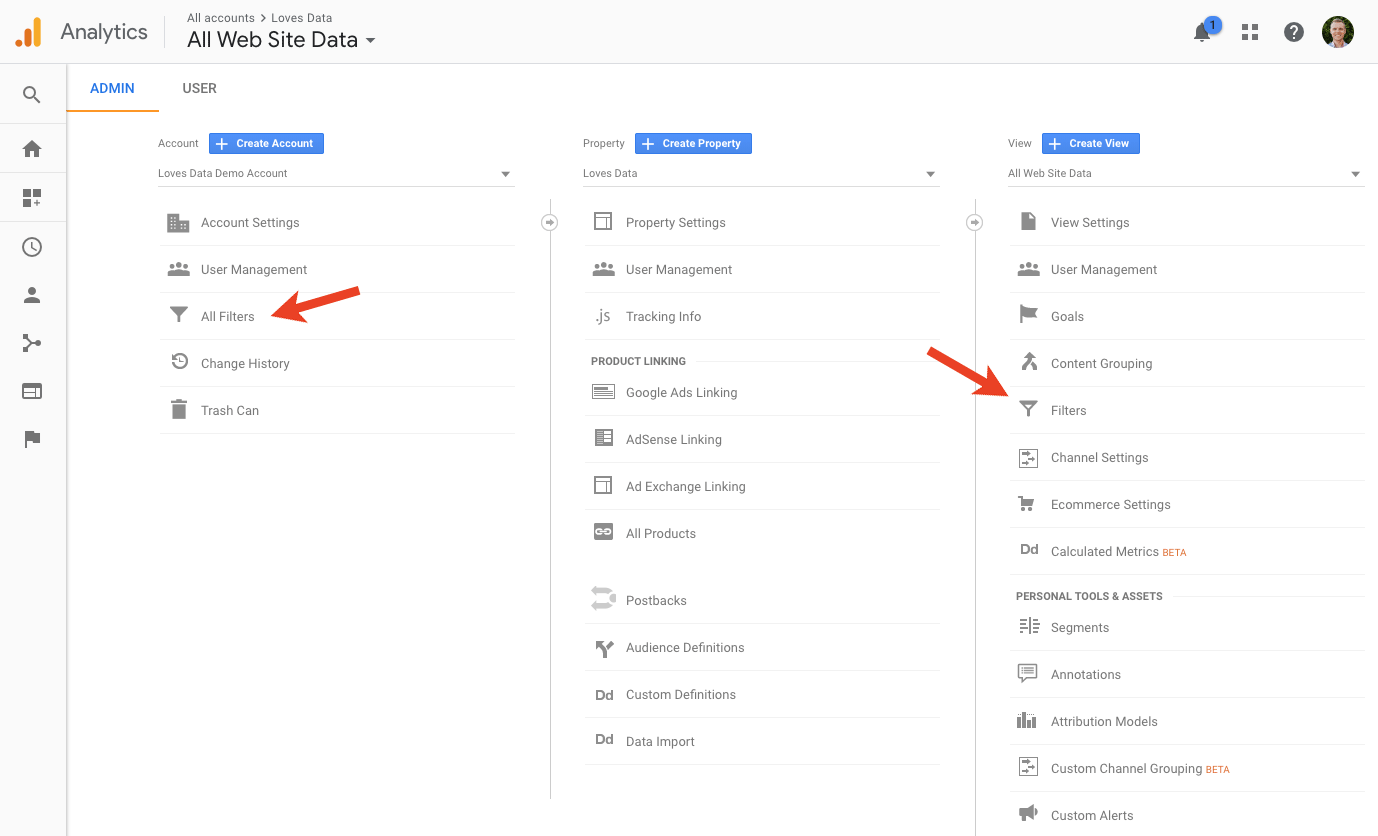In Which Order Does Google Analytics Filter Data for Dummies
Table of ContentsThe Basic Principles Of In Which Order Does Google Analytics Filter Data Unknown Facts About In Which Order Does Google Analytics Filter DataThe Buzz on In Which Order Does Google Analytics Filter DataIn Which Order Does Google Analytics Filter Data - QuestionsThe Only Guide to In Which Order Does Google Analytics Filter DataThe Only Guide for In Which Order Does Google Analytics Filter Data
io" is the internet site and if I go to the homepage as well as click a few other pages like signup page, it reveals me in the real-time report popping-up as exactly how we established up in the filters. This web page is the of internet site and you can see the sub-domain highlighted as.
Similar to the previous process, we have to produce a brand-new filter as stated in the last steps - In Which Order Does Google Analytics Filter Data. in this new filter, I'm naming it as and I'm choosing Then I'm keying the filter pattern as In this filter pattern, the pipe symbol () is included to attach any kind of other hostname that you intend to include together with the various other hostnames
The Facts About In Which Order Does Google Analytics Filter Data Revealed
This is exactly how you can go check your website and comeback sight in real-time reports. The real-time report now reveals the adjustments that you made when producing that filter. In this situation, the Fractured web page discusses about link of the page i. e when the Web page URL being repeated the very same, omitting lower or any type of minute elements.
Now develop a new filter as well as I call it as. Choose as well as pick the filter fields.

The Ultimate Guide To In Which Order Does Google Analytics Filter Data
The complying with directions will certainly stroll you via the procedure: Develop a brand-new Google Spread sheet (or open up an existing one). From the add-on summary web page, click the "+" in the leading right corner to add this add-on to your spreadsheet.
Click "Accept". The add-on is now installed. A "Google Analytics" submenu ought to now appear in the Add-ons menu. Records can be developed by hand or have a peek at this website with the aid of the add-on's record production device. To utilize the tool, choose "Add-ons" > "Google Analytics" > "Create a New Record" from the food selection bar.
This is willful. In Which Order Does Google Analytics Filter Data. The device is indicated to assist get you started and also give you with the details you may not understand off the top of your head. The remainder of the areas will certainly need to be entered by you. If you have any kind of inquiries regarding what to place in each field, see the referral at the end of this page.
The 3-Minute Rule for In Which Order Does Google Analytics Filter Data
It can be a sheet in the spreadsheet you're currently in, or a various spreadsheet completely (as long as you have edit access to that spread sheet). To print the results to a various spreadsheet copy the spread sheet link and paste it into the cell to the right of the "spreadsheet-url" criterion.
This opens a report scheduling dialog where you can transform organizing on and off, as well as establish just how frequently your report will certainly run. To transform organizing on, check the box identified "Enable records to run automatically." Once scheduling is allowed you can make use of the select dropdown to control the time as well as regularity.
When organizing reports, make certain there is a lot of time between when you produce the routine and also when the timetable is supposed to run. If it's too near to the very first incident of the scheduled time, helpful site there's an opportunity those records will certainly be held off till the following incident. It's generally best to leave at least a one-hour barrier.
More About In Which Order Does Google Analytics Filter Data
Hidden parameters are innovative alternatives that are not required for most reports and also are concealed by default. You can use these parameters by un-hiding the rows 14-16 in the Record Setup sheet. Name Summary This is the record name. It will likewise be the name of the sheet where the record data is composed.
For instance, the adhering to expression returns the last day of the previous month: =EOMONTH(TODAY(), you could look here -1) Completion day for bring Analytics data. Requests can define an end date formatted as YYYY-MM-DD, or as a family member day (e. g., today, yesterday, or Ndays, Ago where N is a favorable integer). You can likewise make use of Sheets date functions to specify this value programmatically.
Metrics can be specified in a couple of styles: As an example, all of the complying with are valid worths for the Metrics criterion. ga: sessions, ga: bounces ga: sessions ga: jumps ["expression": "ga: sessions/ga: customers", "alias": "Procedure per Customer", "formatting, Type": "FLOAT", "expression": "ga: overall, Events/ga: pageviews", "pen name": "Events per Pageview", "format, Kind": "FLOAT"] For a lot of utilize situations, a listing of statistics IDs is the most convenient way to define the Metrics parameter.
In Which Order Does Google Analytics Filter Data Can Be Fun For Anyone
The full checklist of measurements and metrics and their legitimate combinations is available making use of the Dimensions and Metrics Traveler. Name Summary A listing of dimensions to quiz. Measurements can be specified in one of 2 styles: For example, every one of the following are legitimate values for the Metrics parameter. ga: resource, ga: device, Group ga: source ga: tool, Classification ["name": "ga: source", "name": "ga: tool, Classification"] For most make use of situations, a list of measurement IDs is the simplest method to specify the Dimensions specification.